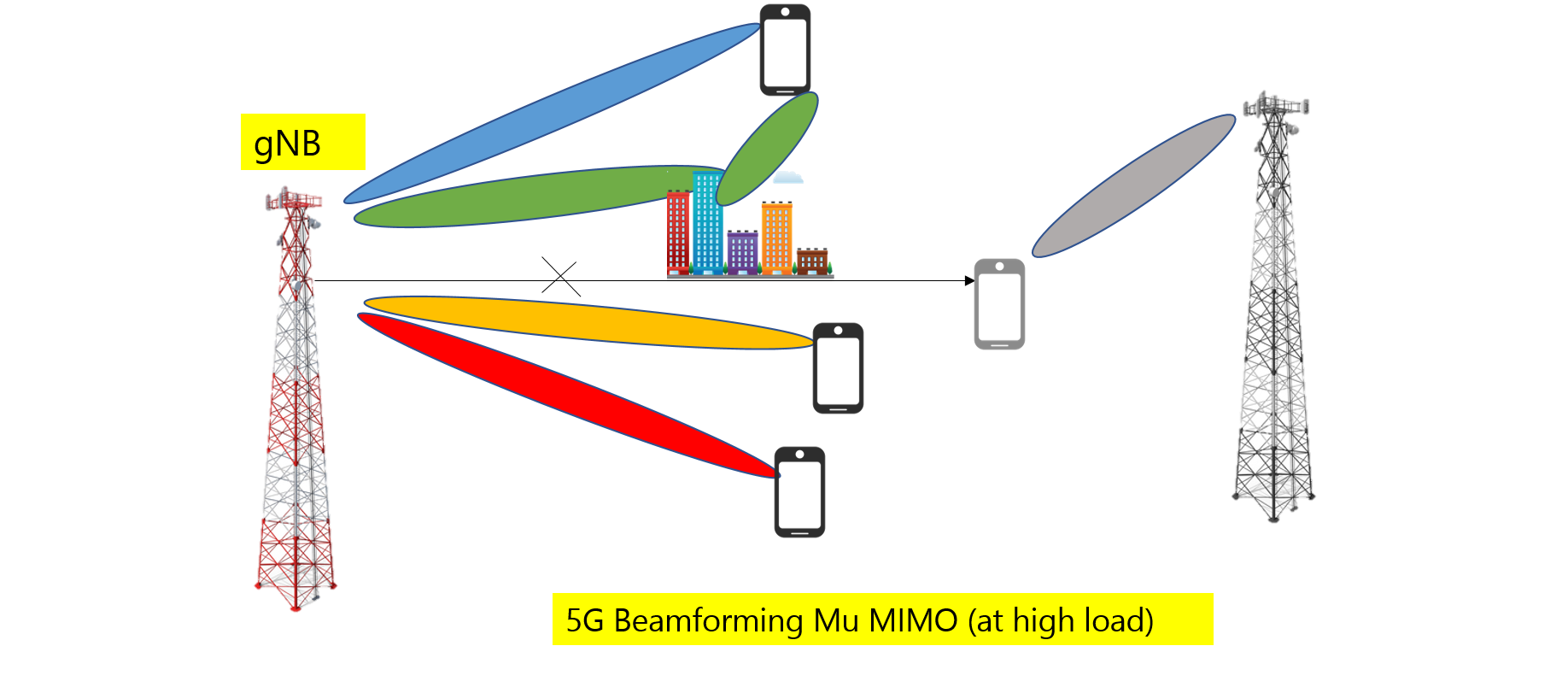Advantages of ACTIVE ANTENNA 5G
Active antenna 5G coupled with 5G massive MIMO provide the following benefits and capabilities:
-
Vastly improved capacity and reliability – Active antenna 5G facilitates a tremendous improvement in network capacity and reliability over previous generations. Users can expect better performance and higher stability. To enable higher system capacity AAS radios will make use of new high-frequency bands from 24GHz up to 42GHz.
-
Higher data rates and lower latency – Active antenna 5G enables higher data rates and lower latency than previous generations. With speeds of up to 10 gigabits per second, 5G is set to be as much as 10 times faster than 4G. Low latency is one of 5G’s most important features. 5G uses a scalable orthogonal frequency-division multiplexing (OFDM) framework. 5G benefits greatly from this and can have latency as low as one millisecond with realistic estimates to be around 1 – 10 seconds. 5G is estimated to be 60 to 120 times faster than the average 4G latency.
-
Better connections – Active antenna 5G enables stronger and better connections. Using larger 5G array antennas provides the system additional beamforming to overcome severe propagation challenges that are encountered at mmWave frequency ranges.
-
Less intercell interference – Active antenna 5G will potentially reduce intercell interference experienced in LTE by a large extent.
-
Greater efficiency and better signal coverage enabled by beamforming – In an active antenna 5G system, using beamforming, cells can deliver extremely fast coverage with low latency.
-
Independent optimization per carrier and per technology – Active antenna 5G enables optimization of individual carriers and technologies.
-
Reduced item count at ground level and on the mast – Active antenna 5G will require a lower item count at the ground level. This makes the technology cost-efficient.



